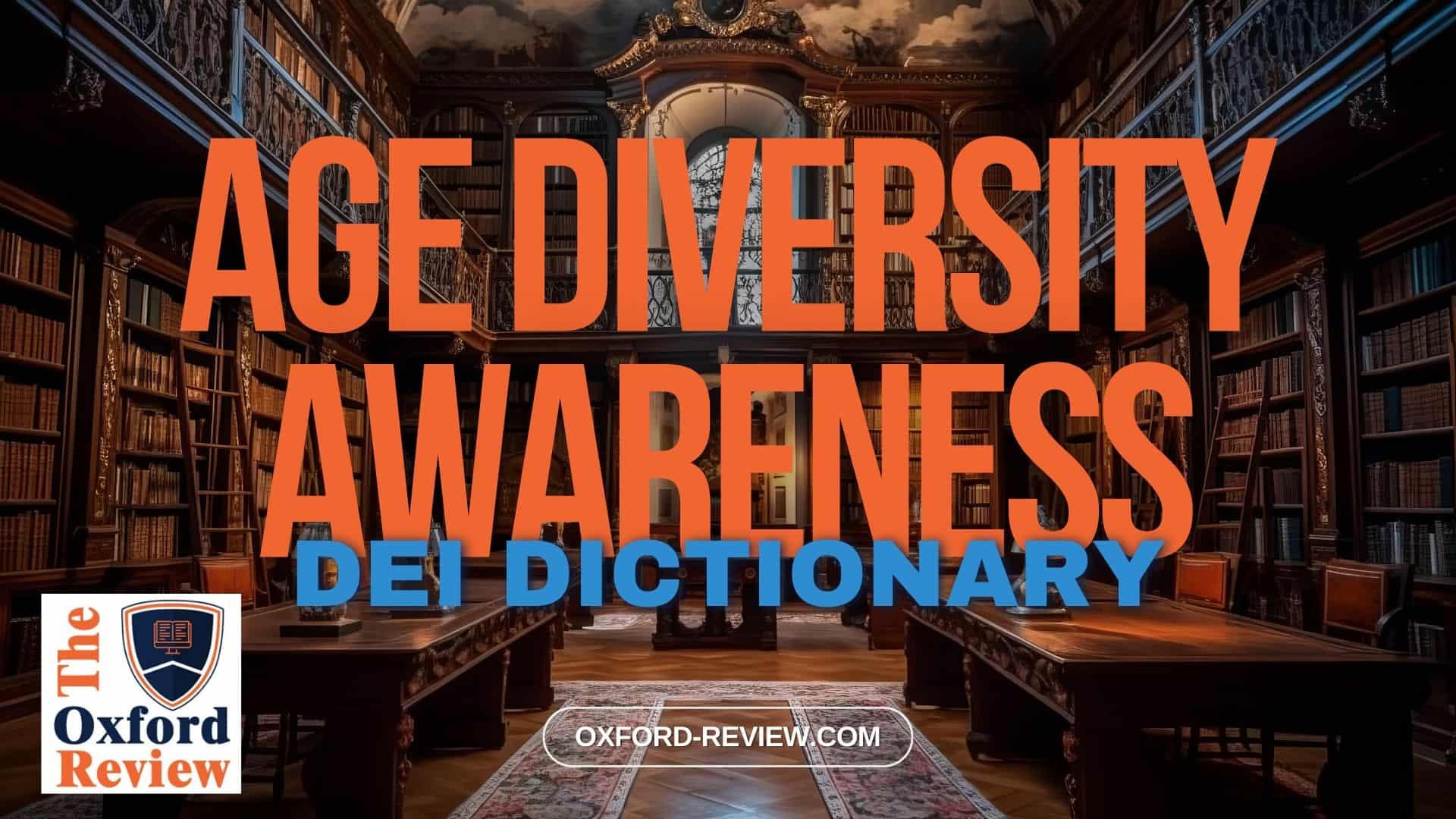Age Diversity Awareness – Definition and Explanation

Understanding Age Diversity Awareness: Key to Inclusive Workplaces
In today’s rapidly evolving workforce, fostering diversity, equity, and inclusion (DEI) has become paramount for organisations aiming for success and sustainability. Among the pillars of DEI, Age Diversity Awareness holds a crucial place.
Definition:
Age Diversity Awareness refers to the recognition, understanding, and appreciation of the diverse range of ages present within a workforce or community. It involves acknowledging the value that individuals of all age groups bring to the table and promoting an environment where age-related biases are identified and addressed.
Why Age Diversity Awareness Matters:
- Promotes Innovation: A diverse workforce comprising individuals from various age groups fosters a rich pool of perspectives, experiences, and ideas. This diversity fuels innovation and creativity, enabling organisations to adapt and thrive in dynamic environments.
- Enhances Problem-Solving: Different age cohorts bring unique problem-solving approaches shaped by their life experiences and generational perspectives. By embracing Age Diversity Awareness, organisations can leverage these varied viewpoints to tackle challenges more effectively and develop robust solutions.
- Fosters Mentorship and Knowledge Sharing: Age-diverse teams offer opportunities for mentorship and knowledge exchange across generations. Younger employees can benefit from the wisdom and experience of older colleagues, while seasoned professionals can gain fresh insights from their younger counterparts, creating a culture of continuous learning and development.
- Improves Employee Engagement and Retention: When employees feel valued and respected regardless of their age, they are more likely to be engaged and committed to their work. Age Diversity Awareness contributes to a positive organisational culture where all individuals feel included and appreciated, leading to higher levels of job satisfaction and retention.
Example:
Consider a marketing team comprising members ranging from recent graduates to seasoned professionals. Rather than viewing age differences as a barrier, the team embraces Age Diversity Awareness. They leverage the diverse perspectives to develop marketing campaigns that resonate with a broad audience, catering to the preferences and behaviours of various age groups. Older team members share industry insights and mentor younger colleagues, while younger members bring fresh ideas and digital expertise to the table. This collaborative approach not only enhances the team’s performance but also strengthens bonds among team members.
Conclusion:
Incorporating Age Diversity Awareness into organisational practices is essential for building inclusive workplaces where individuals of all ages feel valued, respected, and empowered to contribute their best. By embracing age diversity, organisations can unlock the full potential of their workforce, driving innovation, problem-solving, and overall success.
Be impressively well informed

Get the very latest research intelligence briefings, video research briefings, infographics and more sent direct to you as they are published
Be the most impressively well-informed and up-to-date person around...
